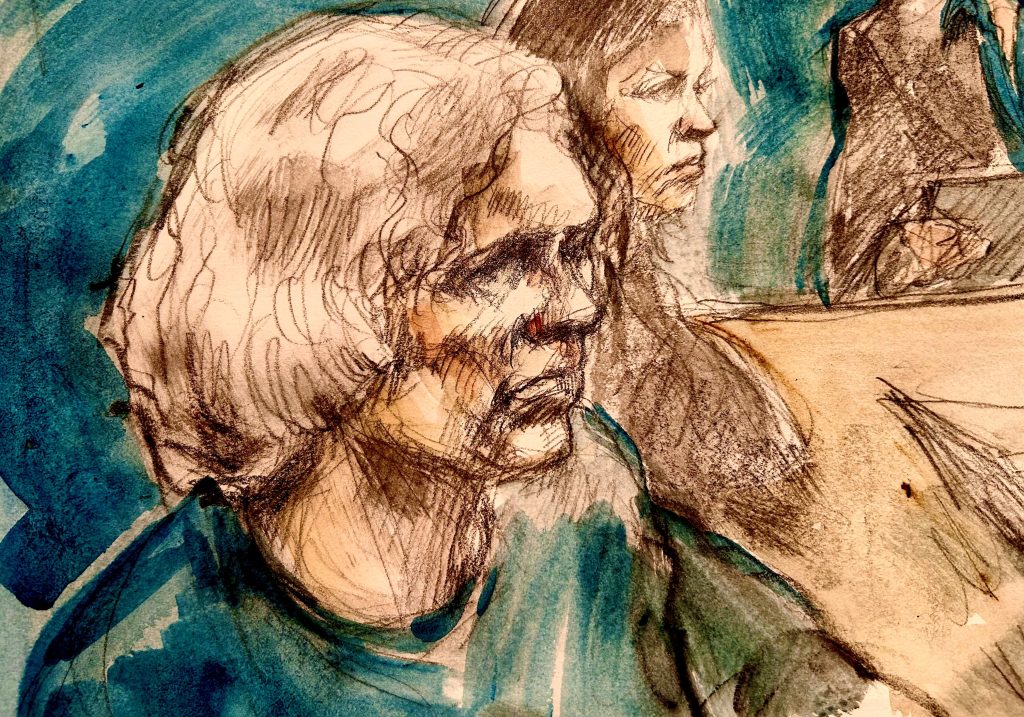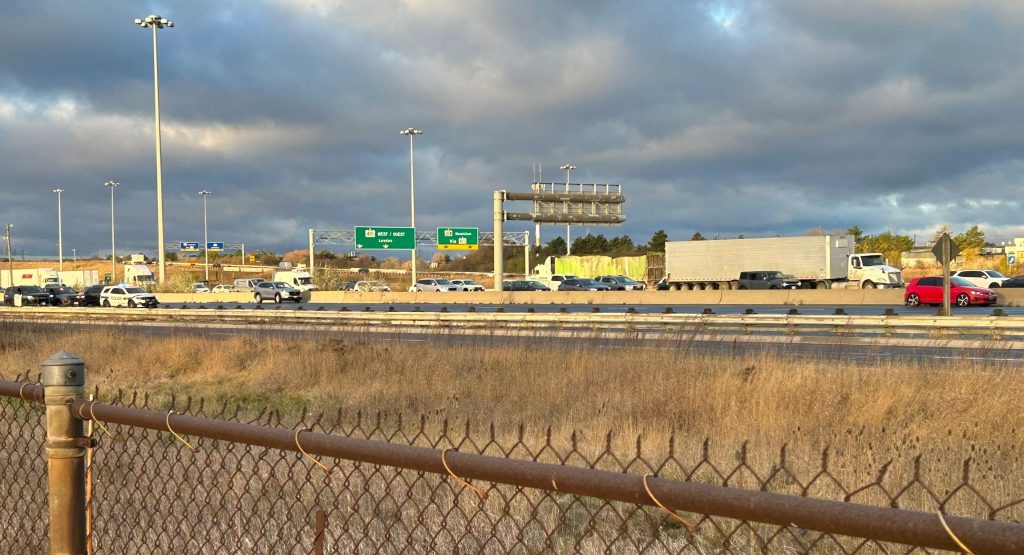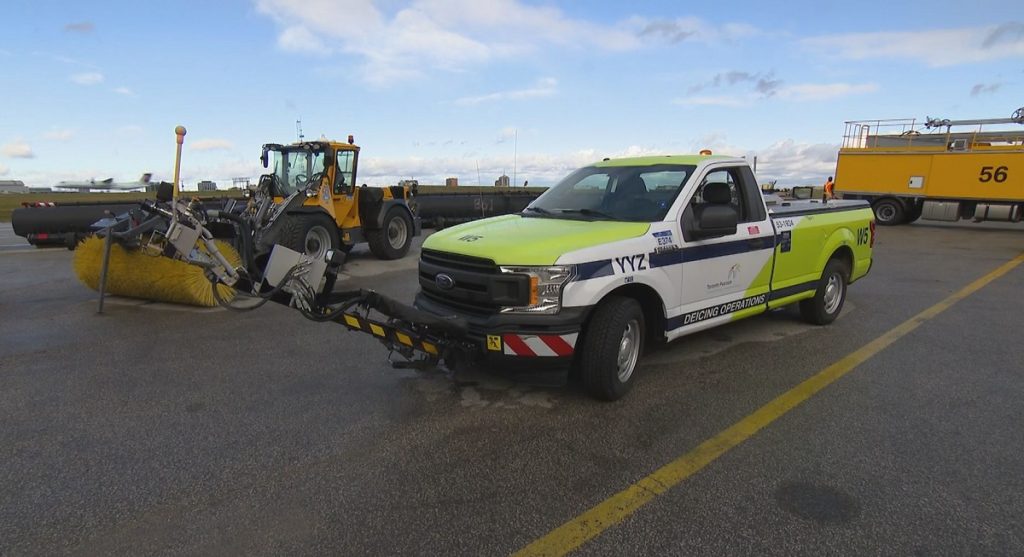Genetic research on ancient indigenous bodies needs ethics code: scientists
Posted April 26, 2018 2:00 pm.
Last Updated April 26, 2018 4:40 pm.
This article is more than 5 years old.
Somewhere in a lab in Illinois scientists are examining residue on the teeth of ancient humans from the British Columbia coast. They hope to use the genetic data therein to help re-create the daily diet of the long-gone predecessors of today’s Metlakatla people.
But the relationship between the researchers and the Indigenous people whose ancestors are in the lab goes much deeper than a thin film on a tooth.
“Community collaboration is absolutely essential,” said Alyssa Bader, an anthropologist who works in the field of paleogenomics, which uses ancient DNA from people to shed light on the distant past.
Bader and several co-authors published a paper in Science magazine Thursday in which they argue the need for a code of ethics for scientists using genetic techniques.
“There are a range of concerns,” said lead author Jessica Bardill of Concordia University in Montreal.
Conducting such research without the full co-operation of the people from whose land the DNA was taken furthers a long colonial history, she said. It also suggests Indigenous cultures are like lifeless artifacts that can be studied like anything else.
“Those research practices can be a continuation of issues of extraction and exploitation and of narratives of vanished or extinguished Indigenous people.”
When ancient bodies can’t be clearly linked with modern cultural groups, that’s often because the links were destroyed when the bodies were collected, said Bardill. Even when no connections exist, the wishes of modern Aboriginals should be respected because they see themselves as guardians of the land, which includes its archelogical remains, she said.
That also leads to better research, Bardill suggested.
“It’s not just about what many might belittle as politically correct pacification. It makes for richer science and it makes for sustainable science.”
In Bader’s case, she can take DNA data and cross-reference it with traditional knowledge. Just because something is found on a tooth doesn’t mean it was food, and elders can help her make the distinction.
Oral tradition helps her flesh out what western science tells her.
“If there are species that haven’t been identified yet in the DNA database, it’s not necessarily clear cut. You have to make decisions about what’s valid and what’s not, and we’re making those in collaboration with the community.”
Bader’s research was partly inspired by community interest.
“(It) was something the community had brought up as an interest in in the past,” she said. “I presented what my skills and experience are and what we could look at and asked if it was something they wanted to go through with.”
This kind of genetic research can have high stakes. Linking ancient remains with one group or another can have implications on issues such as land claims, said Bardill.
“This research can be used to undermine land claims or other legal disputes, even as it has also been used to support claims to land.”
To avoid such problems, the paper lists a series of questions scientists doing this kind of work should ask.
They should consider who they need to talk to, what concerns the local community might have, what benefits the research might bring, who scientists will interact with in the community, how they will be involved and what happens to the knowledge generated.
There may be a role for legislation, said Bardill. Some already exists in the United States
But scientists don’t have to wait for governments, she said.
“If researchers are going to say we’re policing ourselves, the standard can get better.”








